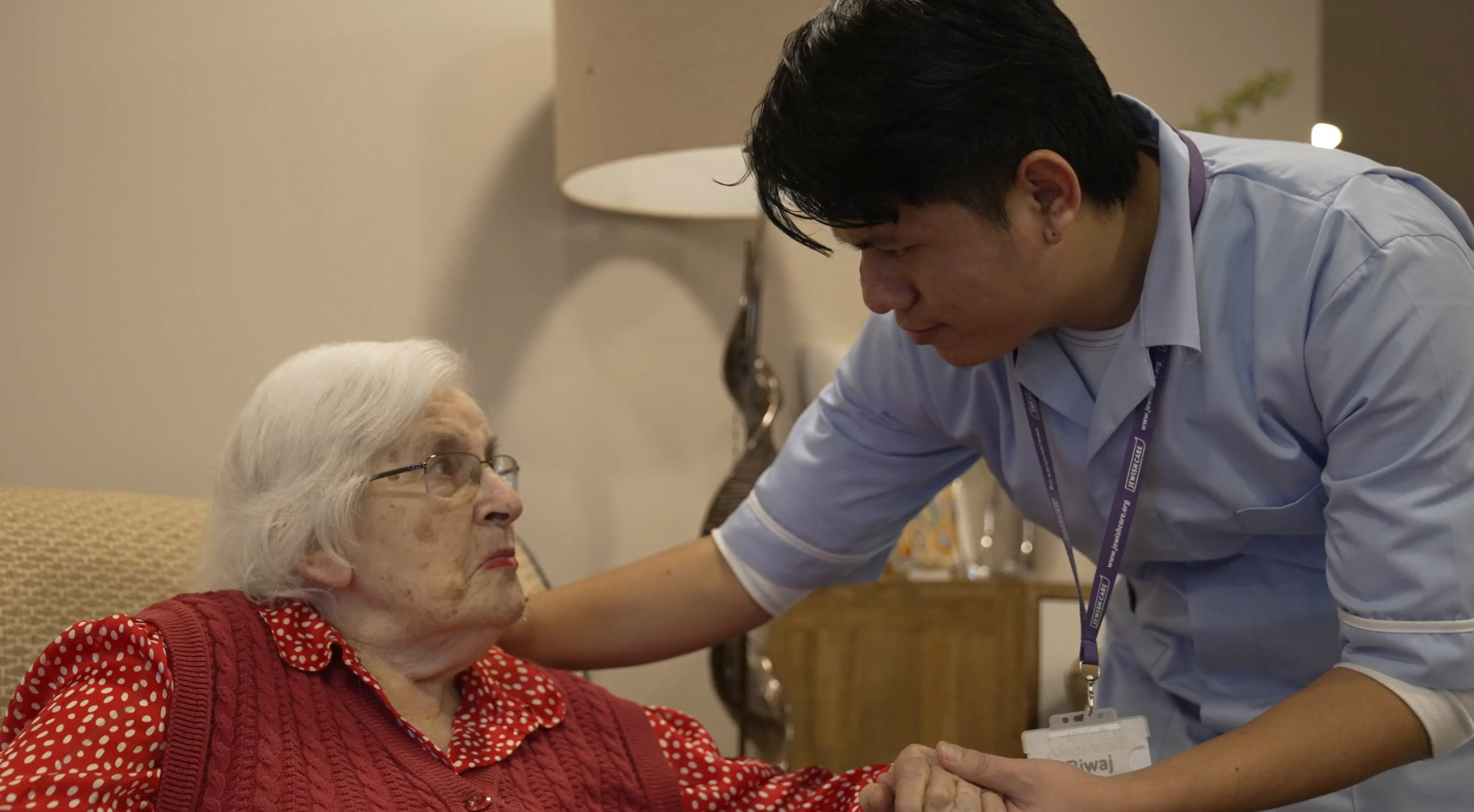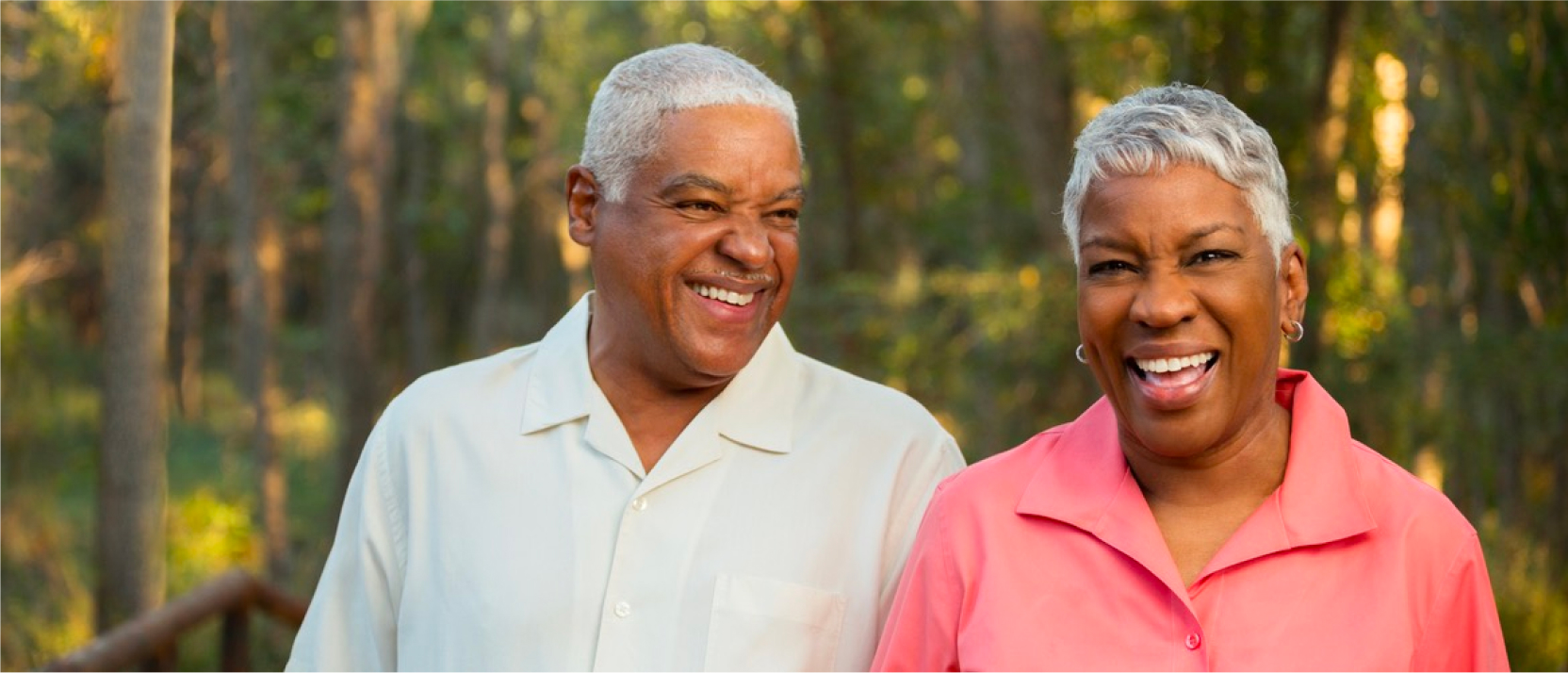On 20th October, Everon UK, hosted a webinar ‘Myth Busting the Digital Landscape’ in partnership with TSA and Housing LIN, supported by Openreach, TalkTalk and Eseye.
Following the results of the webinar poll, it was concerning to note that half of the webinar participants stated that they’re in the ‘early stages of readiness’ for the digital switchover. This will potentially leave vulnerable residents at risk and highlights significant planning gaps. The other half stated that they’re in ‘the advanced stages’ of transition.
The webinar aimed to support housing and care providers navigate the digital landscape, by getting into the detail of how digital switchover will affect grouped living, individual homes and the impact on vulnerable residents.
This event follows a previous webinar which took place on 22 June and Everon’s breakfast meeting on 21st September, where housing leaders gathered to debate the challenges and potential of the digital switchover. Everon’s next webinar on falls is being planned for the new year.
The session chair, Alyson Scurfield, Chief Executive of TEC Services Association (TSA) opened the webinar by reminding us of the importance of moving from analogue to digital – which has been covered in a white paper published by the TSA in 2017. She reassured participants that there is so much work going on in the background to ensure a safe transition and most importantly that vulnerable people are protected. She advocated a proactive, rather than preventative model of care. She stated, ”we need to move to a digital state so that we can share data and make sure it’s getting to the right people to deliver good quality outcomes”.
John Livermore, ALL IP Industry Engagement Manager at Openreach, gave a detailed account of the state of play with the digital switchover, covering off the common challenges and what housing and care leaders need to do now. He said “Openreach is an independent engineering company who look after the premises back to the telephone exchange. The UK’s telephony network was last upgraded in the 1980’s to Digital Telephone Exchanges. This equipment is now failing and needs to be withdrawn”.
He told us that “in 2018 the industry agreed on a 7 year programme ending in 2025 to move all lines from this legacy equipment to new exchange equipment, which would be based on glass fibre technology. We are over 4 years into that programme. We have carried on producing the replacement which is glass fibre in the ground. Openreach’s job is to produce the network. The migration itself is done by each one of the 690 different communications providers (CP). On the day that your CP migrates whatever is sitting on the telephone socket, that device will no longer work.”
He closed his session with a stack warning to the sector, “On Dec 31st, 2025 all lines that rely on copper from the exchange to the cabinet will be disconnected from the exchange equipment. This will remove power from the line and the ability to make voice calls”.
The conversation continued with Phil Cain, Industry Vendor Liaison, TalkTalk, who gave an update on the progress to date and equipment that have been through test labs.
“We are one of over 600 Communication Providers and everyone is at a different stage. We’ve had several manufacturers and signalling suppliers come in to test analogue and digital equipment to make sure there are no issues come migration. In general these things work however there are often some things that don’t and a tweak need to be made to the equipment. I really encourage suppliers to come in and test their equipment either directly connected to the network or to the Analogue Telephone Adaptor (ATA) which is on the back of the route that TalkTalk send out”.
Tim Mulrey, TSA, informed us of a roundtable they had with the minister of innovation back in September, “the key action was around promoting the testing of analogue equipment on digital networks but also getting real world feedback as well”. Results for testing he said will be released shortly. He informed attendees that the TSA are looking to have a repository of information on their website. He concluded with a noteworthy statement, “we don’t recommend analogue over digital.”
Nick Earle, CEO, Eseye, covered off the opportunities for data to transform the care experience enabled by the digital switchover and reinvent business models. He stated that the IOT uses cellular which is why it’s not dependent on the digital switchover. In his words, “this equipment has been around for many years and you don’t need to wait for the switchover. This new model implies that every single thing in the world that can have power will have an IP address and can submit data. What that does, is that it enables providers such as Everon, using AI, to build a personalised behaviour model of a resident at home”. He emphasized the need to create personalised, proactive and pre-emptive care.
See podcast – How IOT is changing the world of remote patient monitoring
Pete Kerly, MD Everon UK, discussed future proofing your digital strategy and moving from reactive to proactive model. He said “the GSM technology has been out since 2007 and the Nordics especially are fully digital and our system has been deployed across Finland, Sweden, Germany as well as the UK now”. He called on the various organizations to swiftly get on with the task to transition from analogue to digital as we only have 26 months to complete the upgrade and there are 1.7m users in the UK who are dependent on this.
Pete highlighted key advantages of the Everon solution stating among others, that Everon is ISO and TSA QSF approved, their solutions require no wiring, are Cloud based – utilising Health Housing and Social Care Data – Open API’s, utilises machine learning and artificial Intelligence to deliver a proactive model of care and are compatible with all Alarm Receiving Centres. Pete stressed that for real impact, the industry “needs to get to people before they have an issue, so the use of AI to identify falls, slumps, staying in bed, UTIs etc. can all be used to design appropriate interventions”.
Alyson Scurfield, Chief Executive of TEC Services Association (TSA), shared an update regarding funding relating to housing; informing attendees that there is £300m funding available for new models of care with more details coming in January.
Jeremy Porteus, CE, Housing LIN gave an update on TAPPI demonstrator sites. He thanked Everon for the work they’ve done to help inform and give evidence to the TAPPI work programme. He stated that “the Housing LIN is a UK wide ideas lab and do a lot of knowledge exchange for free to support a better understanding about that integration piece across housing, health and social care”. They work closely with the government and TAPPI has identified a policy gap. In terms of the digital switchover, he stated that it’s not just about telecare but also about thermal comfort, climate change, building management systems, energy efficiency and more.
The speakers closed the event with one key message they wanted attendees to take away:
John Livermore – “Do an audit. Whether you run an estate of products, whether it’s your own personal line or a business you’re involved in, and think about what is plugged into the socket today. And ask yourself the question, if there’s going to be a router there for the first time. How am I going to connect to the router, how do I keep it alive in a power cut and is it going to work reliably for me”.
Nick Earle – “Start off with the experience you want to deliver. And then ask yourself, how could getting more proactive data in a cloud platform enhance that experience and then work that way in”.
Phil Cain – “You’ve got to do something about this, you’ve got to have a plan. That timeframe for doing this is getting smaller and smaller. We started this 4 years ago. We’re now less than 3 years from this happening”.
Pete Kerly – “We shouldn’t be frightened of deploying gsm based solutions. They work well. They’re proven, especially in Europe. We need to be working together to push the boundaries, the change from a 40 yr. old reactive model to a proactive model is the future. We have that objective and want to work with like-minded commissioners who want to adopt and push those boundaries”.
Jeremy Porteus – “We need to move from talking to do the walking. We don’t have a lot of time. 23m homes in the UK of which 1m are housing people who are really vulnerable.
Alyson Scurfield – “Work together, be stronger together, keep the communication and collaboration. For everybody on the call who wants to commission safely there is some commissioner’s guidance through the TSA”.
To watch a recording of the Webinar “Myth Busting the Digital Landscape”, access the slide deck or to learn more about our speakers, click the link.

